ORE OMERE
Type of resources
Available actions
Topics
Keywords
Contact for the resource
Provided by
Formats
Representation types
Update frequencies
status
Scale
-
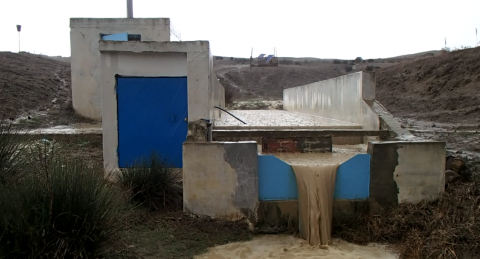
Runoff and stream flow discharge have been monitored since 1994 at the outlet of the Kamech catchment, and since 2005 at four sub-catchment hydrological stations. Automatic sensors continuously collected and transmitted water level time series to servers in Montpellier (France). Verification and correction processes on the raw data, as well as the generation of elaborated data (e.g. calculation of runoff, discharge from water levels, modification of time steps, etc) are applied before integration of the data sets into the HYSAE database. The time series can be downloaded from an interactive map through the OMERE data portal accessible from this page.
-
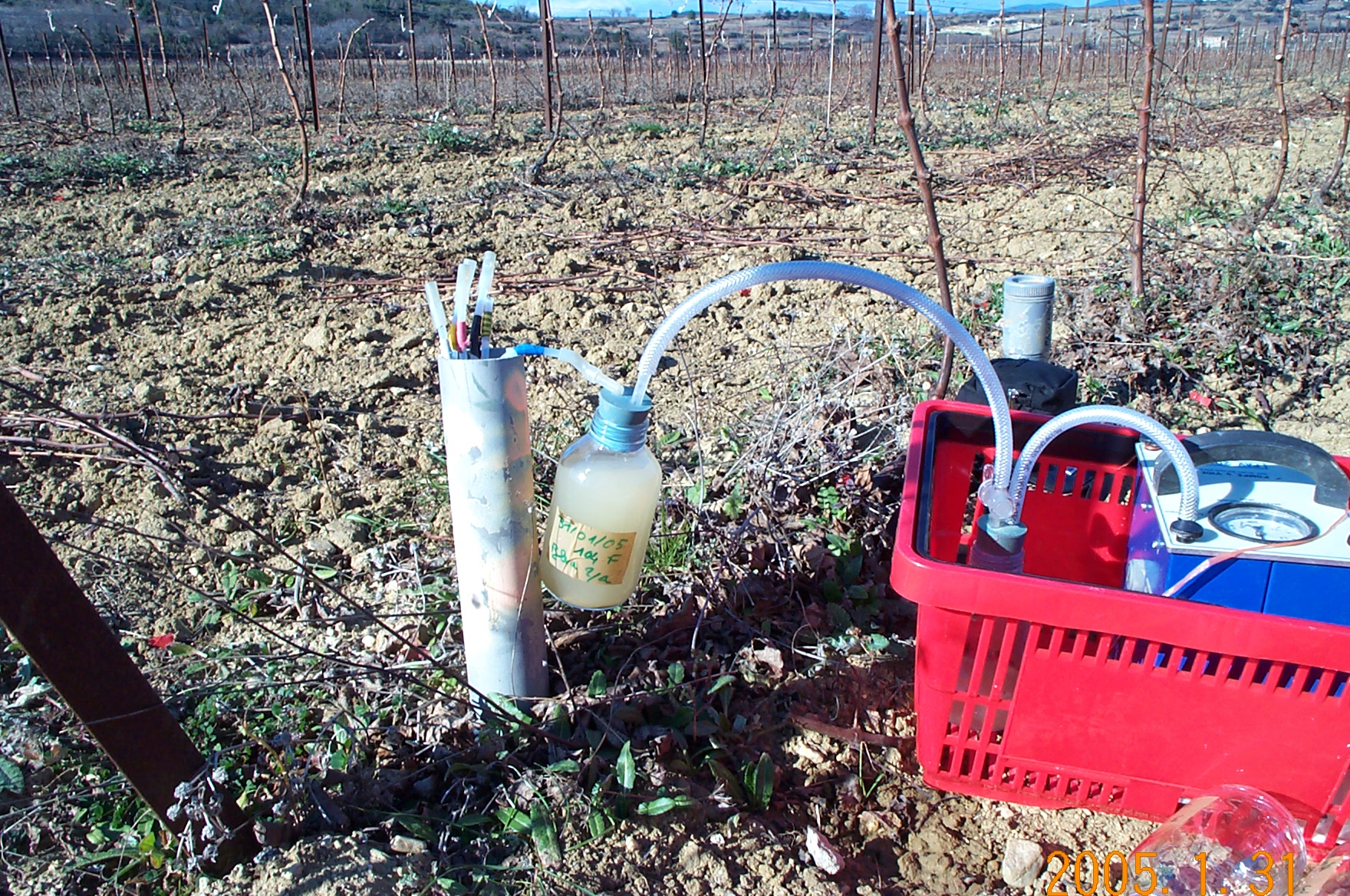
The groundwater temperature is measured at different points in the Roujan catchment. In Roujan site, the groundwater is shallow with a free surface water table rising and falling in the soil and subsoil layers. The measurements are made at different points in the catchment with piezometers. A piezometer is a perforated PVC tube at its base installed in the soil through a borehole. In every piezometer, the groundwater temperature is monitored at high frequency (~15') with autonomous and automatic temperature probe integrating acquisition units. Through the OMERE data portal accessible from this website, the data can be downloaded from an interactive map.
-
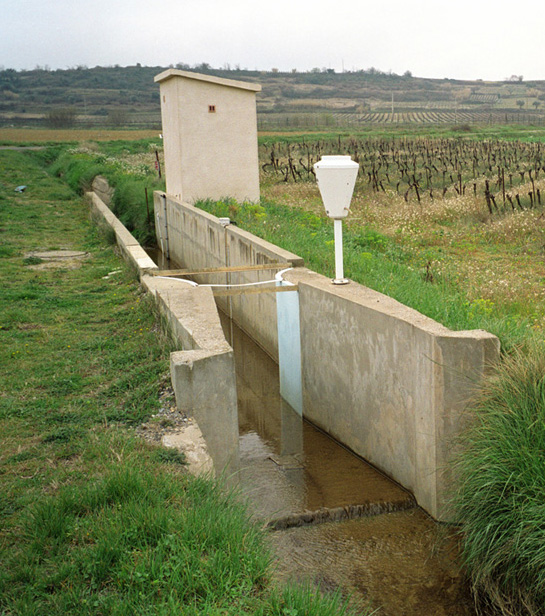
The rainfall of the Roujan (Hérault) catchment area has been acquired since 1992 through various measuring points on which sensors are positioned on a long-term and continuous basis. The data from these sensors are directly recorded on servers in Montpellier through remote transmission. Verification treatments and possible corrections are applied before the data sets are integrated into the HYSAE database. Through the OMERE data portal accessible from this sheet, the data can be downloaded from an interactive map. In addition to these raw data rainfall records, a so-called "synthetic" time serie is elaborated to provide a complete and uninterrupted chronicle of rainfall data representative for the catchment area.
-
Contents of trace metals in water (rain, run off, underground waters ) on the Roujan catchment area.
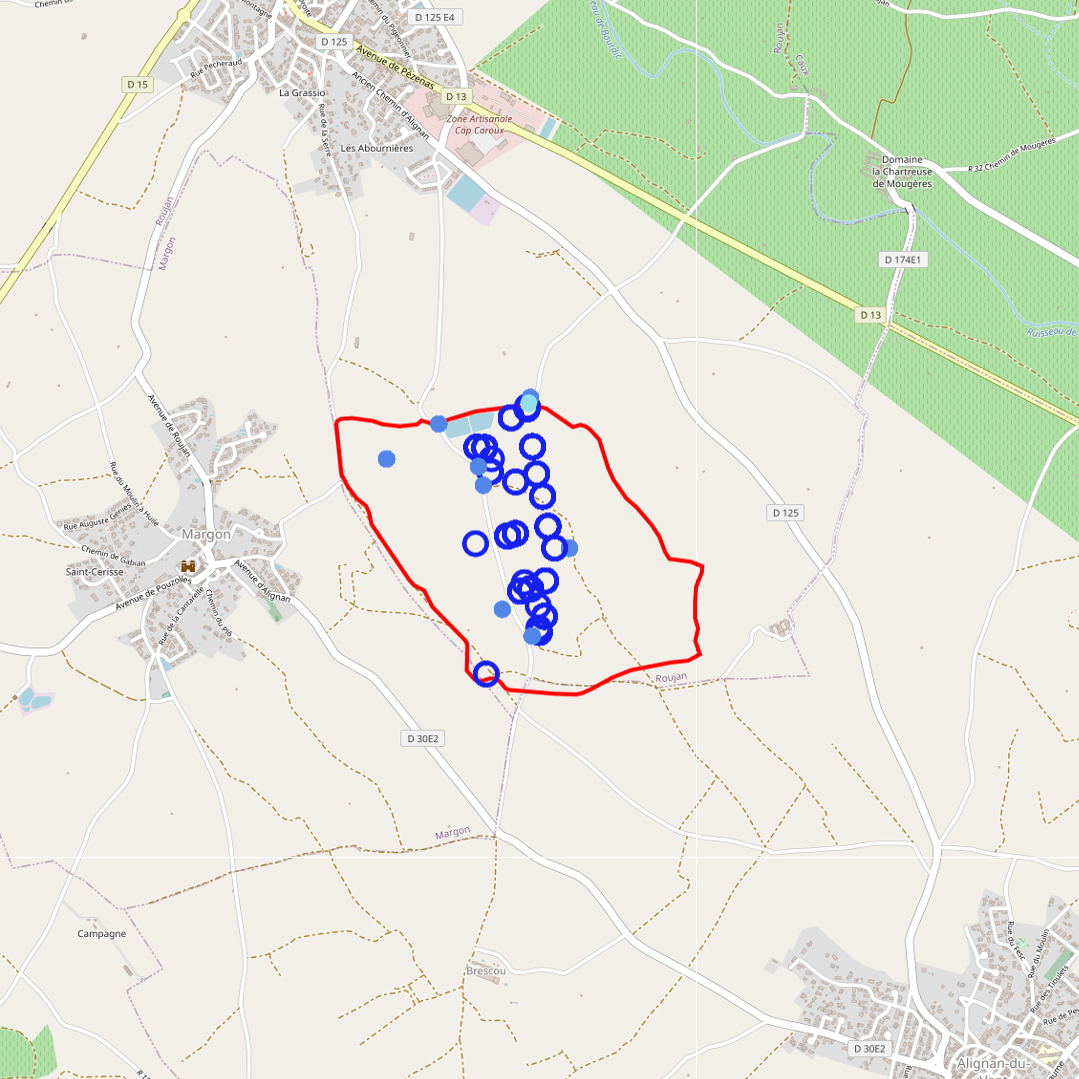
Regular sampling of surface water, rainwater or groundwater is carried out in the Roujan catchment area. These samples are sampled and analysed in order to assess the content of trace metals in the waters of the basin.
-
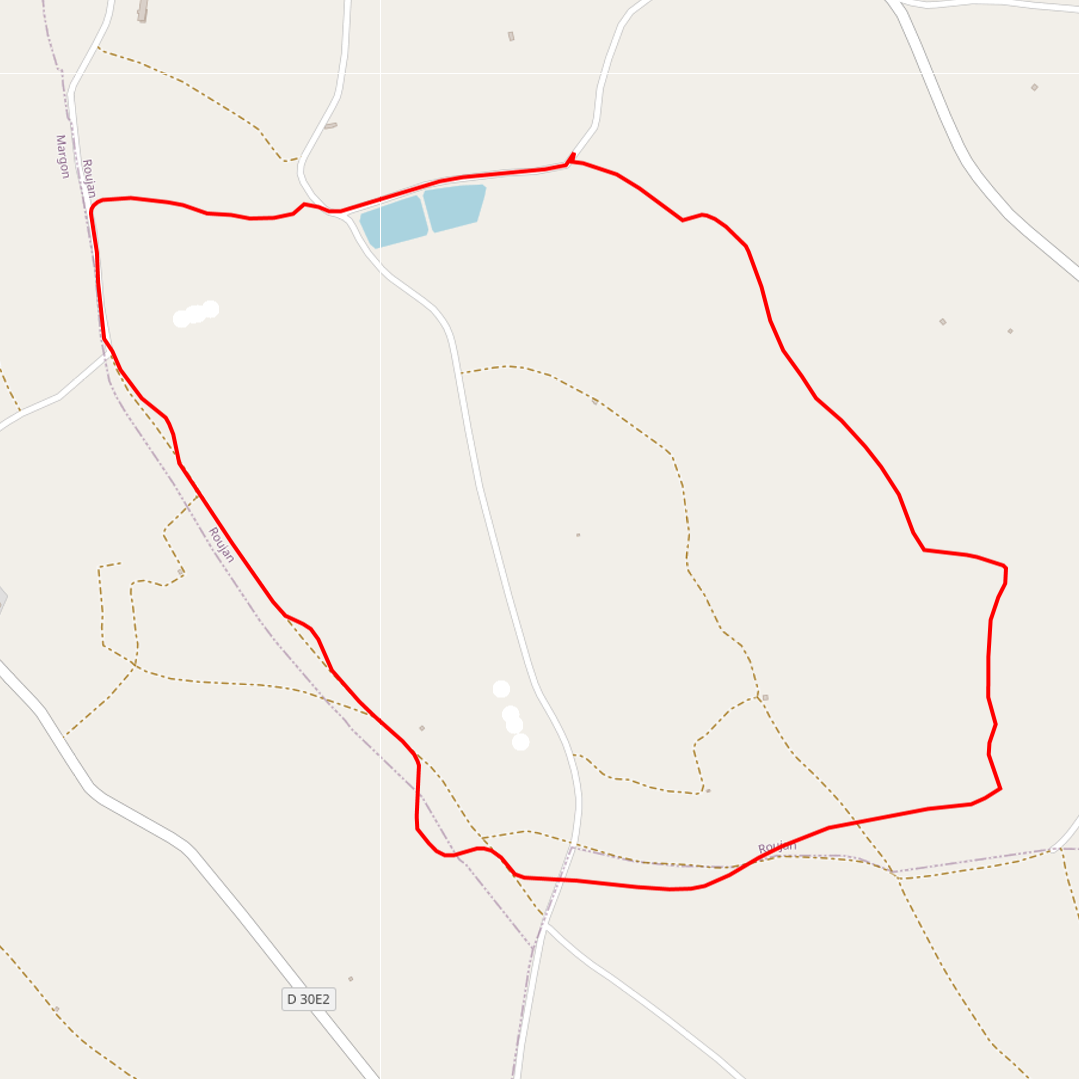
Pesticide contents are determined on the suspended matter extracted by filtration (0,7µm) in runoff water. Contents allow quantification of particula transport of pesticides and allow too compare it to solute transport.
-
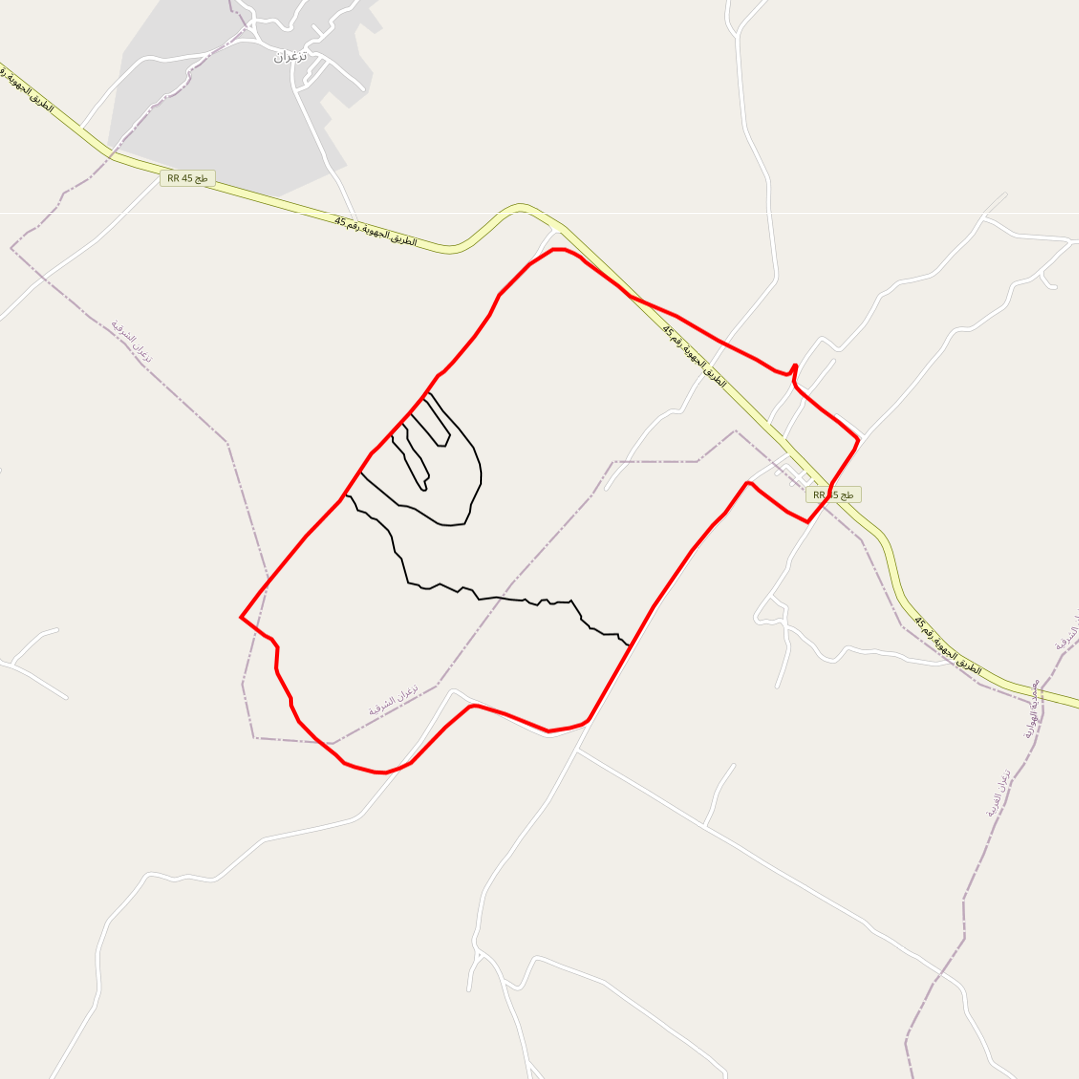
Limits of the impluviums of : - the wadi - the agronomic plot - the gully - the Kamech micro-basin
-
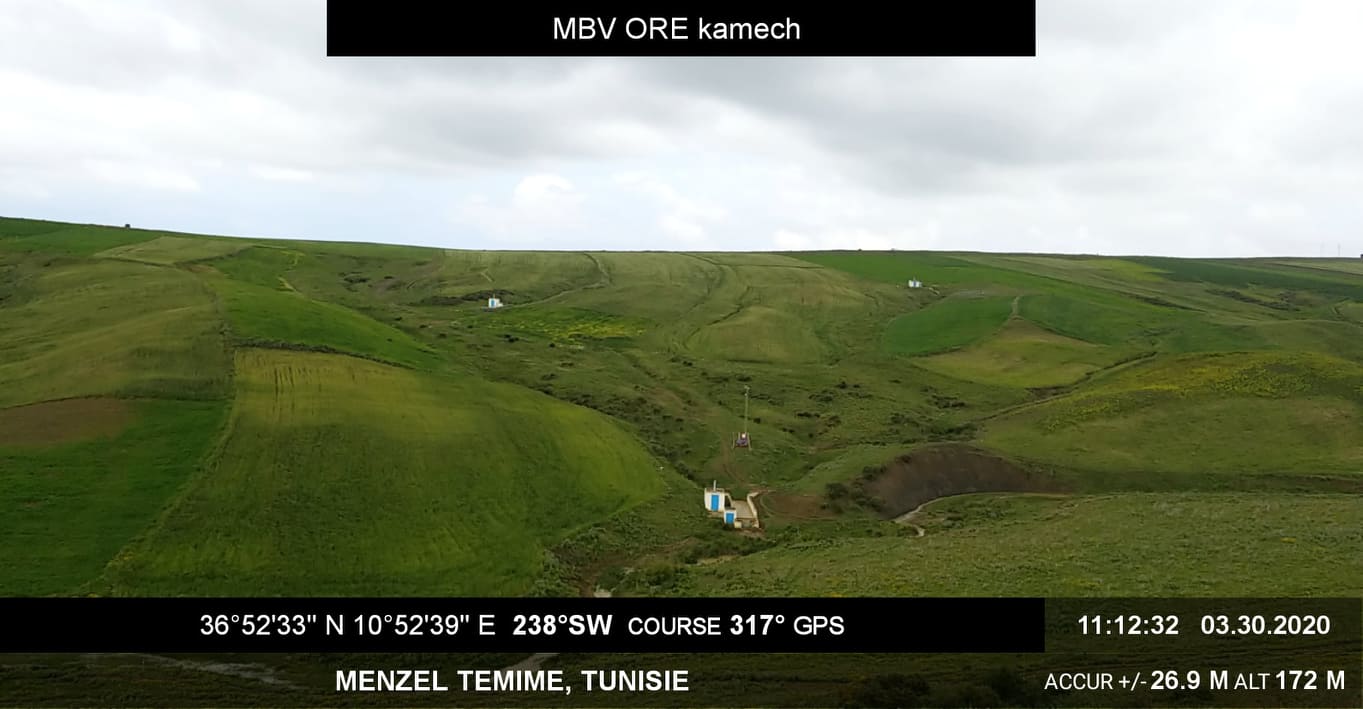
The Kamech basin is located north of Cap-Bon, in the governorate of Nabeul, on the border between the sub-humid and semi-arid Mediterranean climates. The average inter-annual rainfall is about 640 mm and the potential evapotranspiration is 1300 mm. The outlet of the basin is occupied by a hilly lake built in 1994 (140,000 m3 of initial capacity). The inter-annual flow coefficient is of the order of 10%-15% and the erosion of 15 t/ha/year. Land use is characterised by a cultivation rate close to 75% with, in order of importance: cereals, legumes and irrigated market gardening. This basin has been the subject of a monitoring of anthropogenic activities (land use and management, agricultural practices...), of agro-climatic variables, and of runoff and erosion since 1994 (+ pesticides more recently) at its outlet and since 2005 on 4 substations. This watershed is part of a network of 27 watersheds monitored under an agreement with the Tunisian Ministry of Agriculture (DGACTA).
-

water samples ( rain, runoff, underground water) are carried in icebox and frozen. ( FILTRATION ? ). Samples are analyzed by a dedicated laboratory, that quantify a set of parameters including from 1 to 430 pesticide active ingredients and their metabolites.
-
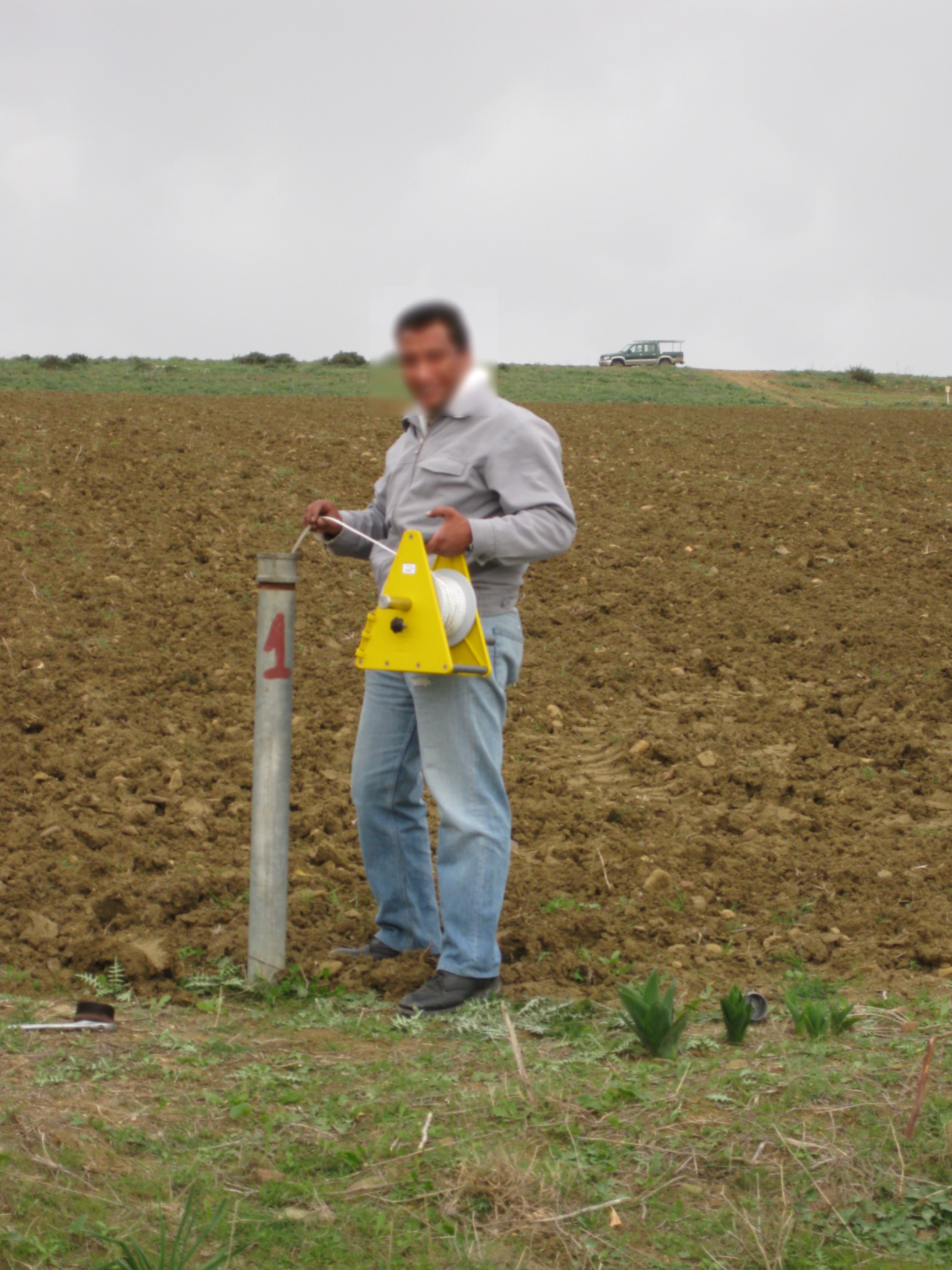
The groundwater temperature is measured at different points in the Kamech catchment. In Kamech site, the groundwater is shallow with a free surface water table rising and falling in the soil and subsoil layers. The measurements are made at different points in the catchment with piezometers. A piezometer is a perforated PVC tube at its base installed in the soil through a borehole. In every piezometer, the groundwater temperature is monitored at high frequency (~15') with autonomous and automatic temperature probe integrating acquisition units. Through the OMERE data portal accessible from this website, the data can be downloaded from an interactive map.
-
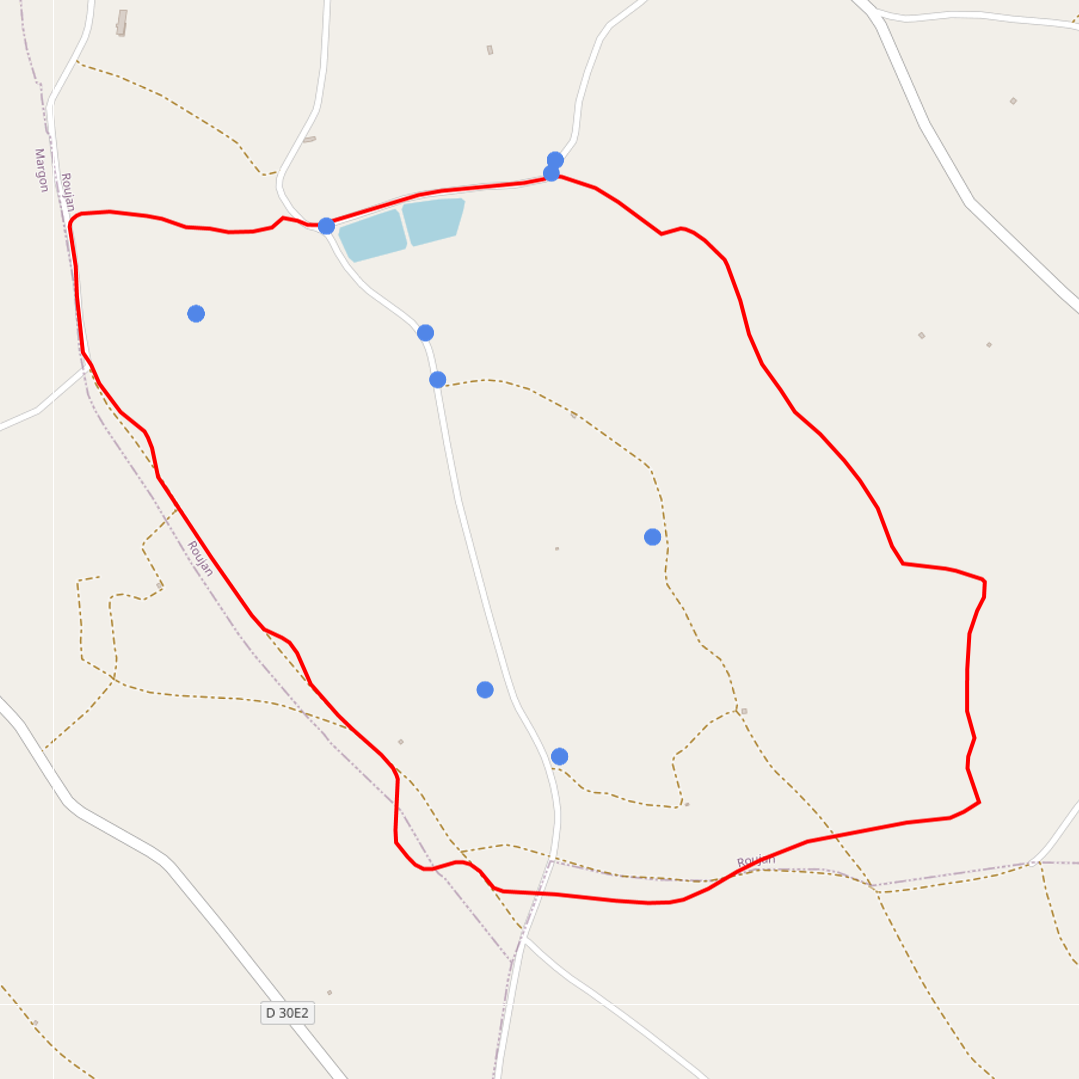
The monitoring of suspended sediment loads in runoff and stream flows aims to quantify the amount of sediments translocated during runoff events. These measurements contribute to the understanding and the quantification of the soil redistribution induced by water erosion processes. The measurements of suspended matter are made through manual and automated water sampling at the hydrological stations, which are then processed and analysed in the laboratory to derive suspended sediment concentrations. A turbidimeter has been recently installed to complete the time series of sediment discharge. Suspended sediment concentrations are integrated into the HYSAE database, they can subsequently be consulted and downloaded via the OMERE data portal.
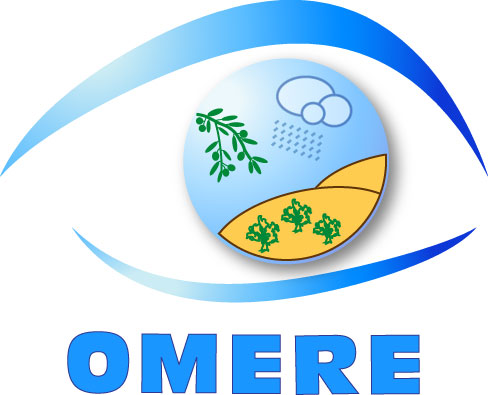 Catalalogue de l'ORE OMERE
Catalalogue de l'ORE OMERE